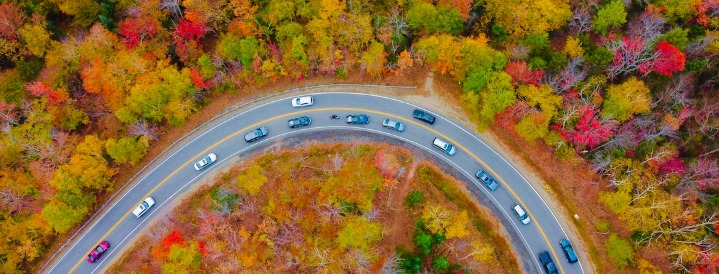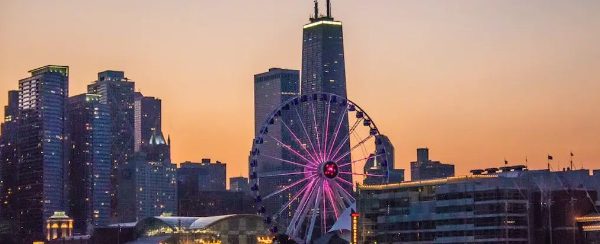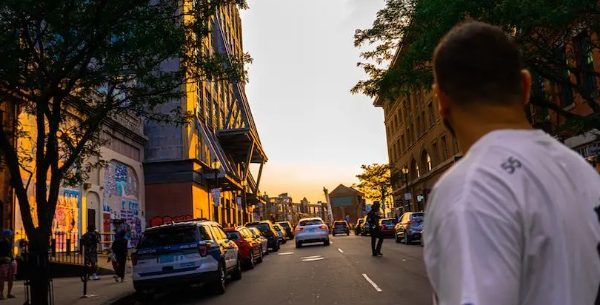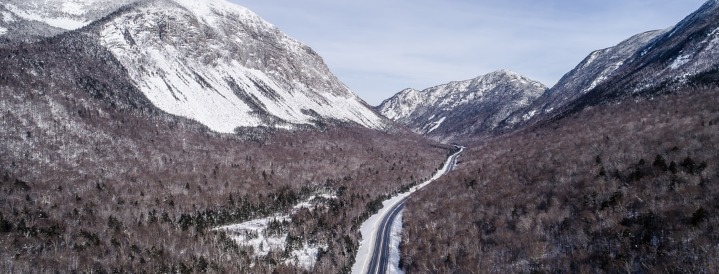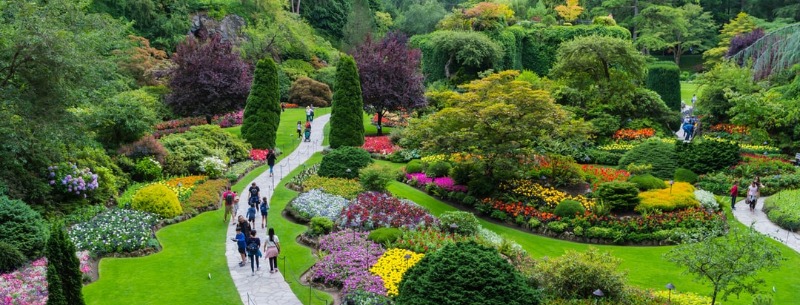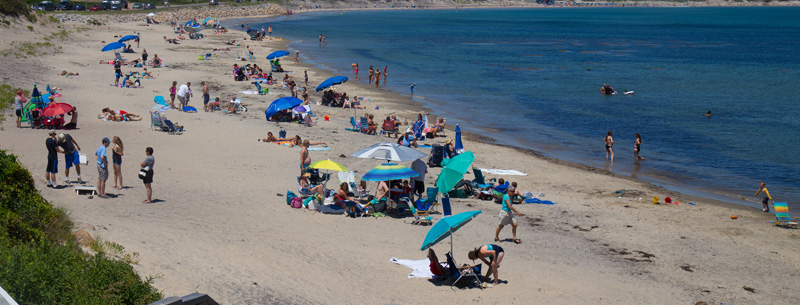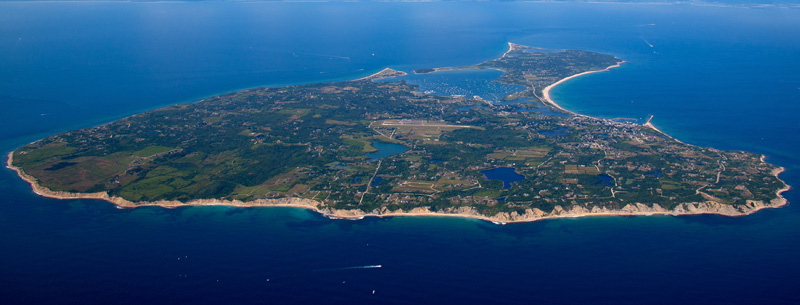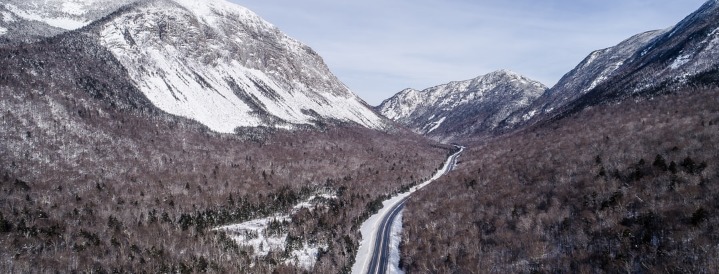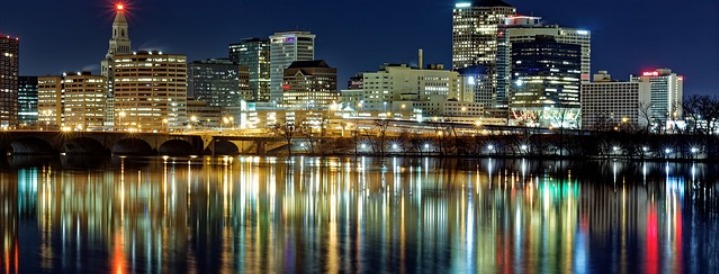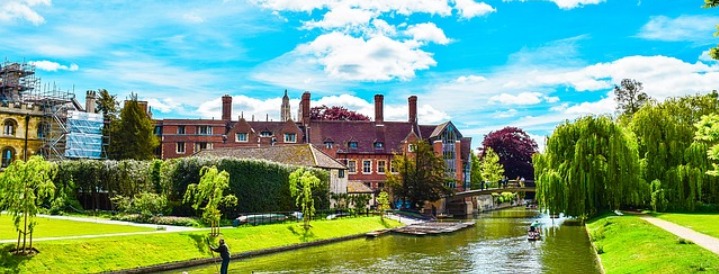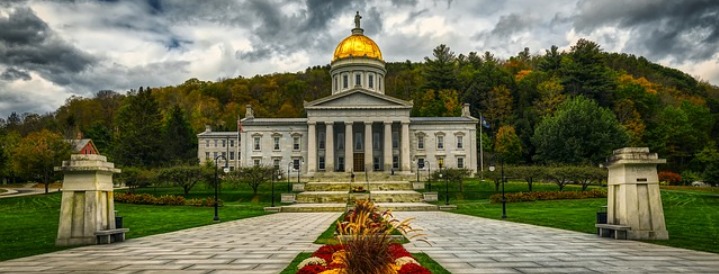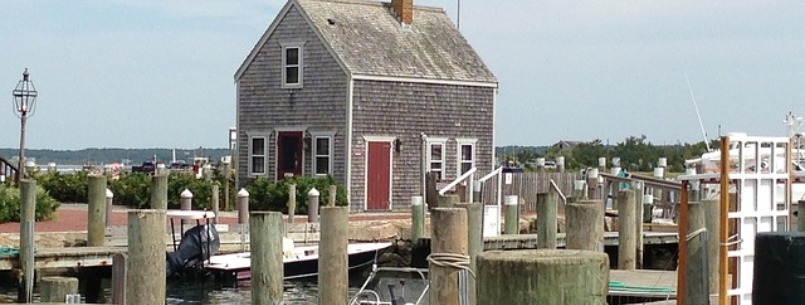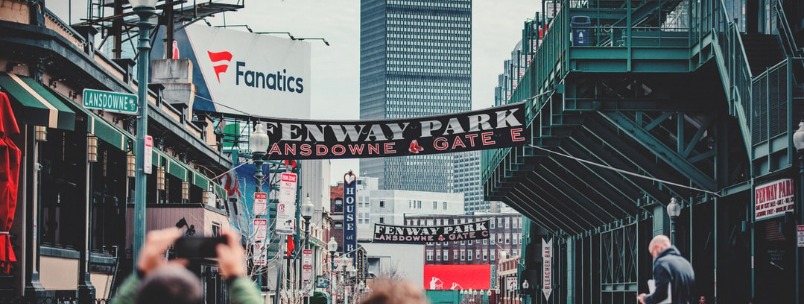Free New England Travel Guides
The six New England states of MASSACHUSETTS, RHODE ISLAND, CONNECTICUT, NEW HAMPSHIRE, VERMONT, and MAINE like to view themselves as the repository of all that is intrinsically American. In this version of history, the tangled streets of old Boston, the farms of Connecticut, and the village greens of Vermont are the cradles of the nation.
Certainly, nostalgia is at the root of the region’s tourist trade; while the real business of making a living happens in cities for the most part well off the tourist trail, innumerable small towns have been dolled up to recapture a past that is at best wishful, and at times purely fictional. Picturesque they may be, with white-spired churches beside immaculate rolling greens, but they’re not always authentic: there’s little to distinguish a clapboard house built last year from another, two hundred years old, which has just had its annual coat of white paint.
The genteel seaside towns of modern Cape Cod and Rhode Island are a far cry from the first European settlements in New England. While the Pilgrims congregated in neat and pristine communities, later arrivals, with so much land to choose from, felt no need to reconstruct the compact little villages they had left behind in Europe. Instead, they fanned out across the Native American fields or straggled their farmhouses in endless strips along the newly built roadways (thus establishing a more genuinely American style of development).
As the European foothold on the continent became more certain, the coastline came increasingly to be viewed as prime real estate, to be lined with grand patrician homes – from the Vanderbilt mansions of Newport to the presidential compounds of the Bush and Kennedy families.
The Ivy League colleges – Harvard, Yale, Brown, Dartmouth, et al – still embody New England’s strong sense of its own superiority, though, in fact, the region’s traditional role as home to the WASP elite is due more to the vagaries of history and ideology than to economic or cultural realities.
Its thin soil and harsh climate made it difficult for the first pioneers to sustain an agricultural way of life, while the industrial prosperity of the nineteenth and early twentieth centuries is now, for the most part, a distant memory. Despite recent diversification and the development of some high-tech industries, New England has pockets, mostly in rural Vermont and New Hampshire, that is as poor as any in the US economic base.
New England can be a rather pricey place to visit, especially in late September and October, when visitors flock to see the magnificent fall foliage. Its tourist facilities are aimed at weekenders from the big cities as much as outsiders; places like Cape Cod make convenient short breaks for locals, but they’re not the bucolic retreats you might expect.
Connecticut and Rhode Island in particular clearly form part of the great East Coast megalopolis, which stretches from Washington to Boston – you rarely escape the feeling that you’re traveling through some vast suburb of New York. Boston itself, however, is a vibrant and stimulating city, while further up the coast the towns finally thin out and the scenery gets appealing (as does the seafood ).
Inland, too, the lakes and mountains of New Hampshire, and particularly Maine, offer rural wildernesses to rival any in the nation. Vermont is slightly less diverse, but its country roads offer pleasant wandering through tiny villages and serene forests.
